
The U. S. banking sector is undergoing a seismic shift in 2024 as leading institutions accelerate the rollout of crypto custody and payment services. This evolution is driven by a confluence of regulatory clarity, institutional client demand, and a strategic imperative to remain at the forefront of digital finance. The landscape is no longer defined by speculation but by pragmatic integration of digital assets into the core of banking infrastructure. In this article, we examine how the top five U. S. banks, U. S. Bank, BNY Mellon, JPMorgan Chase, State Street Bank, and Fidelity Digital Assets, are spearheading this transformation, each with their own approach and competitive edge.
![]()
Regulatory Catalysts: The Green Light for Crypto Banking
Regulation is the bedrock of trust in banking, and 2024 has seen pivotal changes. In March 2025, the OCC issued guidance that allowed national banks to engage in crypto-asset custody and certain stablecoin operations without prior regulatory approval. This policy reversal, coupled with the SEC’s rescinding of Staff Accounting Bulletin 121 in January 2025, restored banks’ ability to act as qualified custodians for digital assets. The result? A surge in institutional adoption and a renewed race among top banks to capture market share in crypto custody and payments.
For investors and corporate treasurers, this means the largest banks now offer digital asset management with the same security, compliance, and operational sophistication as traditional assets. The regulatory tide has firmly turned, and the market is responding accordingly.
Top 5 U. S. Banks Leading the Crypto Custody Charge
Top 5 US Banks Advancing Crypto Custody in 2024
-
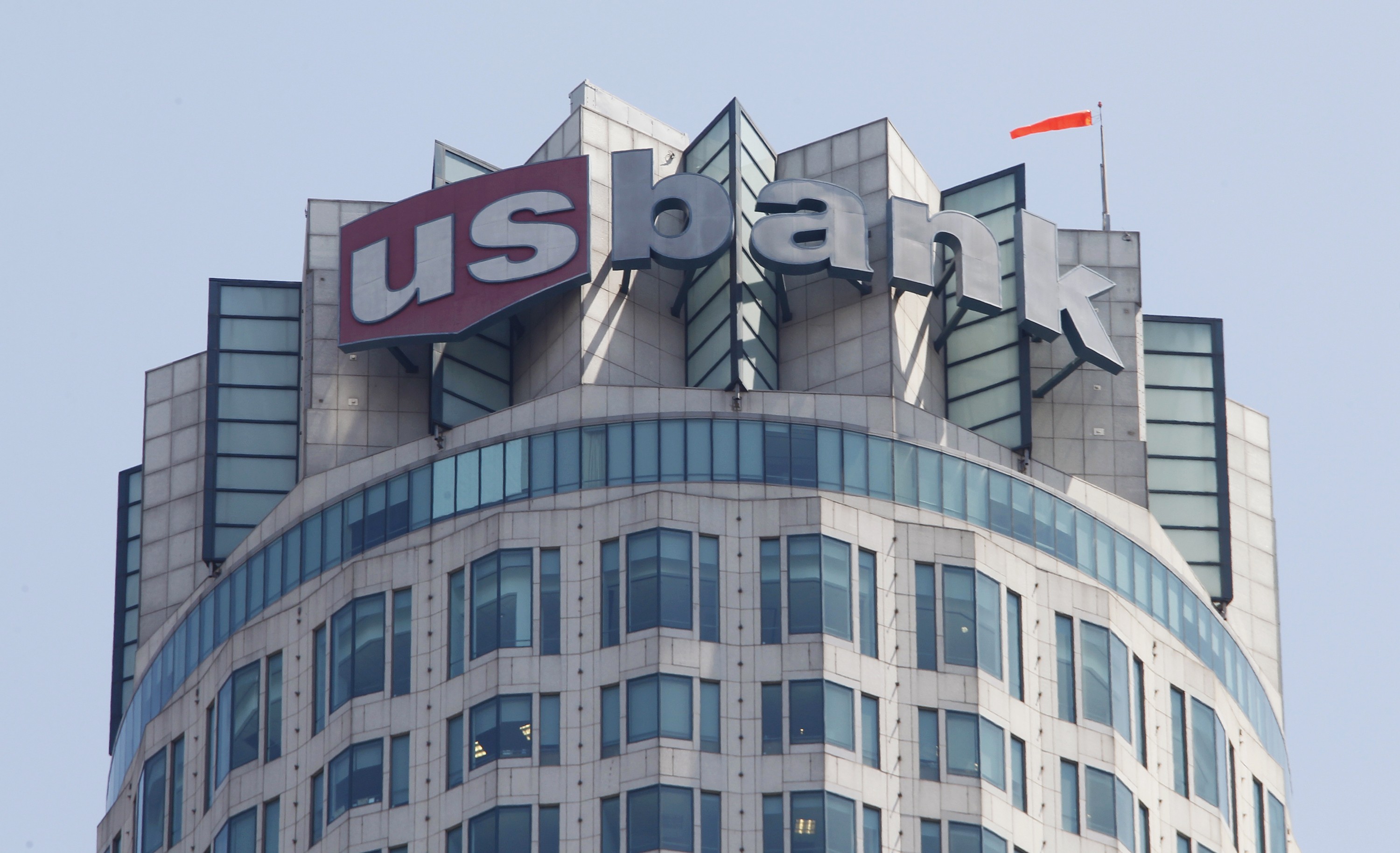
U.S. Bank: A pioneer among major U.S. banks, U.S. Bank resumed its bitcoin custody services for institutional clients in 2025, expanding to support bitcoin ETFs and serving as custodian for reserves backing Anchorage Digital Bank’s payment stablecoins.
-
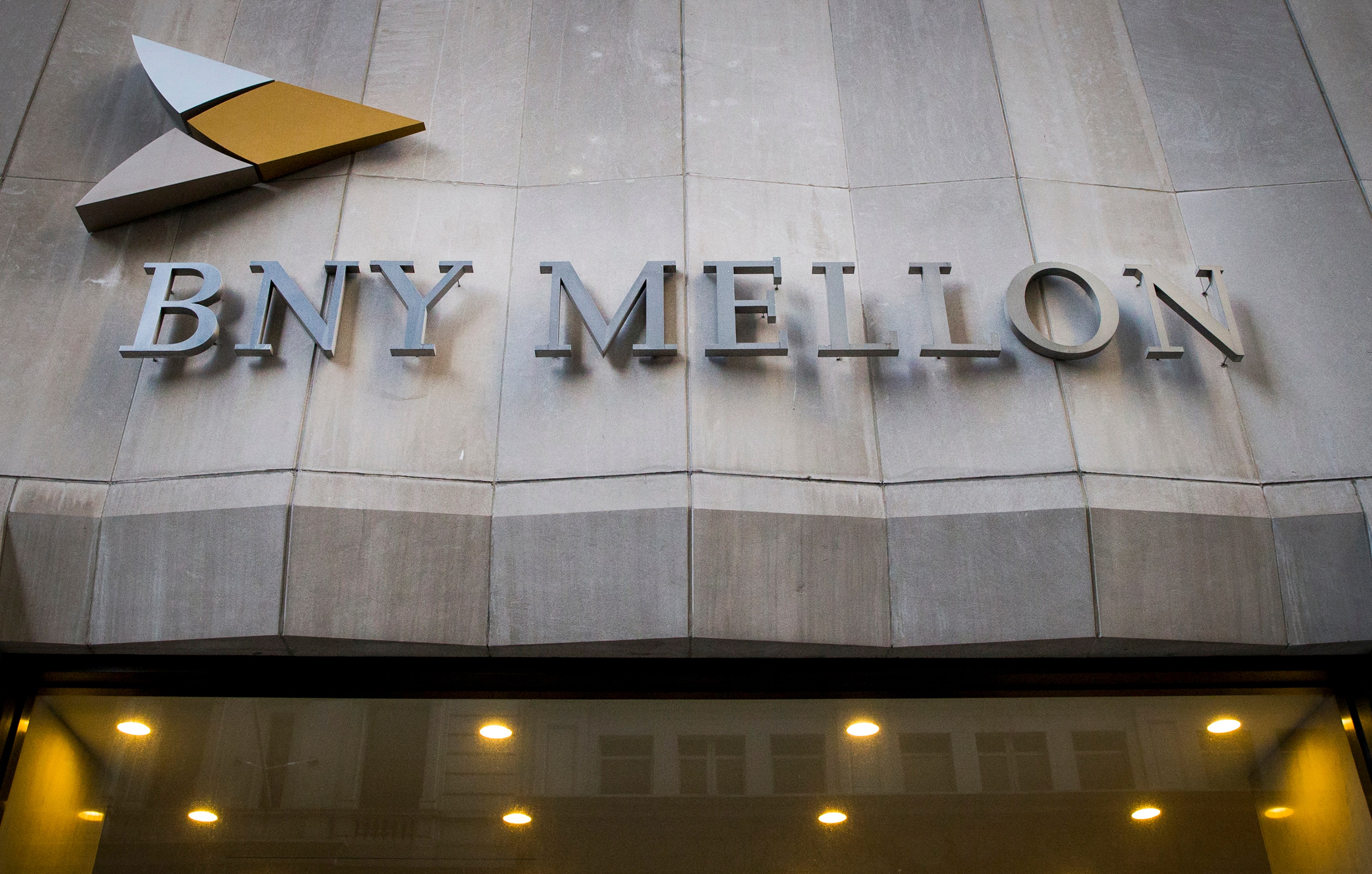
BNY Mellon: As the world’s largest custodian bank, BNY Mellon offers Digital Asset Custody services, enabling institutional clients to safeguard both traditional and digital assets, including cryptocurrencies, on a single platform.
-

JPMorgan Chase: JPMorgan has developed Onyx Digital Assets, a blockchain-based platform for tokenized asset settlements, and provides institutional-grade crypto custody and payment solutions to select clients.
-
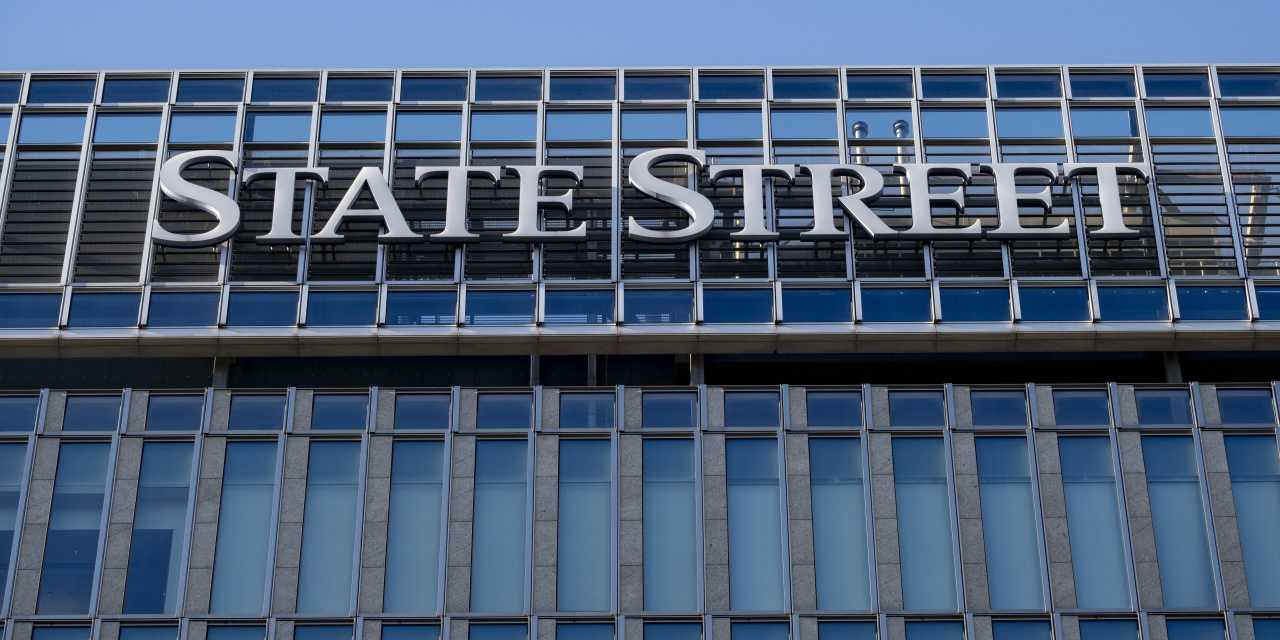
State Street Bank: State Street’s Digital Division delivers digital asset custody and administration services, supporting institutional adoption of cryptocurrencies and tokenized assets through robust infrastructure.
-
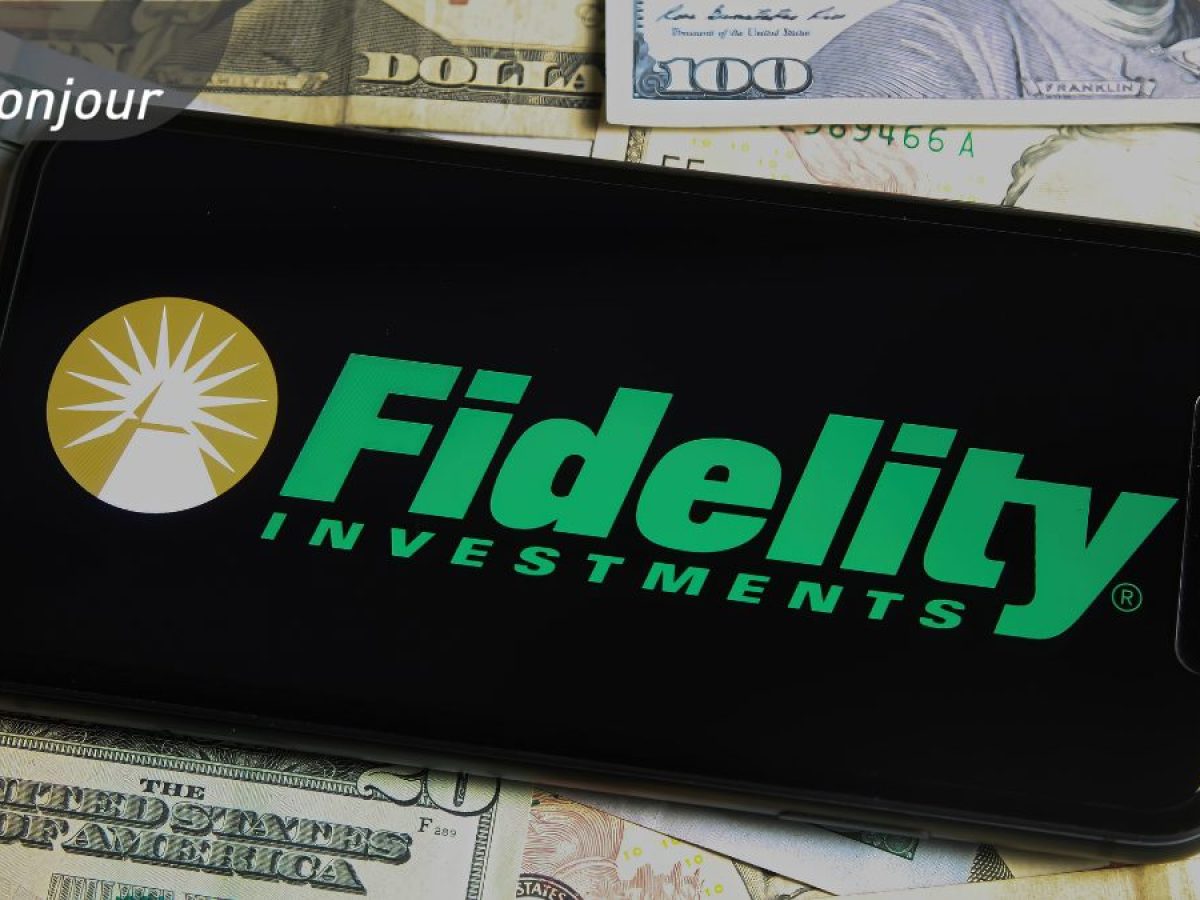
Fidelity Digital Assets: A subsidiary of Fidelity Investments, this division offers secure crypto custody and trade execution for institutional investors, positioning Fidelity as a leader in digital asset services among U.S. financial institutions.
Let’s break down how each of these five institutions is positioning itself in the new digital asset era:
- U. S. Bank: After pausing its crypto custody service in 2022 amid regulatory uncertainty, U. S. Bank resumed its offering in September 2025. The bank now supports custody for Bitcoin and Bitcoin ETFs, leveraging NYDIG as sub-custodian. In October 2025, U. S. Bank also became the custodian for reserves backing Anchorage Digital Bank’s payment stablecoins, signaling its commitment to supporting the digital asset ecosystem from both the investment and payments side.
- BNY Mellon: As America’s oldest bank, BNY Mellon has leveraged its reputation for trust and innovation to build a robust digital asset platform. The bank’s Digital Asset Custody platform supports a range of cryptocurrencies for institutional clients, integrating seamlessly with its traditional custody services. BNY Mellon’s approach is focused on interoperability and risk management, making it a preferred partner for asset managers seeking a one-stop solution.
- JPMorgan Chase: JPMorgan’s Onyx platform is at the vanguard of blockchain-based payments and settlement. The bank’s JPM Coin is already facilitating instant settlement for select institutional clients, while its digital asset custody pilot continues to expand. JPMorgan’s scale and technological prowess allow it to offer integrated crypto custody and payment rails, an advantage as tokenized assets become mainstream.
- State Street Bank: State Street Digital is building on the bank’s legacy as a custodian for institutional investors. Its digital asset custody service is designed for scalability and compliance, targeting asset managers, pension funds, and insurance companies entering the crypto market. State Street’s focus on interoperability with existing fund structures is a differentiator in an increasingly crowded field.
- Fidelity Digital Assets: A pioneer in digital asset custody since 2018, Fidelity continues to expand its offering. The firm provides secure storage for Bitcoin and Ethereum, as well as execution services for institutional clients. In 2024, Fidelity’s integration with legacy banking services is accelerating, allowing clients to manage digital assets alongside traditional portfolios within a unified platform.
Strategic Implications: Why Crypto Custody Matters Now
The expansion of crypto custody and payment services is more than a technological upgrade, it is a strategic necessity. As capital markets digitize, clients demand seamless access to both fiat and crypto assets under one roof. Banks that deliver robust digital asset management will capture new revenue streams and deepen client relationships. Those that lag risk irrelevance in an increasingly tokenized world.
For more on how these trends are shaping U. S. banking strategy, see our guide on how major U. S. banks are integrating crypto custody and payments in 2024.
While the underlying infrastructure is rapidly evolving, the commercial logic for banks is clear: institutional clients are no longer content with fragmented solutions or off-shore providers. They want their digital assets managed by names they trust, with the same risk controls and regulatory oversight that govern traditional finance. This shift is driving new product launches, M and A activity, and a fundamental rethinking of what it means to be a custodian in the digital era.
Competitive Dynamics and Differentiators
Each of the top five U. S. banks brings distinct advantages to the crypto custody and payment race:
- U. S. Bank has leaned into its reputation for serving institutional investors with investment-grade custody solutions, robust insurance coverage, and advanced risk management systems. Its move to support Bitcoin ETFs and stablecoin reserves positions it as a key bridge between legacy finance and digital assets.
- BNY Mellon is leveraging its global custody footprint to integrate digital asset services directly into client workflows. The bank’s focus on compliance and interoperability appeals to asset managers navigating cross-border regulatory requirements.
- JPMorgan Chase, through Onyx and JPM Coin, is not just offering custody but actively shaping new payment rails that could redefine settlement cycles for institutional payments. Its blockchain infrastructure gives it a technological edge that few can match.
- State Street Bank is targeting scale by designing its State Street Digital platform to support tokenized securities alongside cryptocurrencies, a play aimed squarely at institutional allocators looking for unified reporting across asset classes.
- Fidelity Digital Assets, with its early mover advantage, continues to expand execution capabilities and deepen integration with traditional portfolio management tools. This makes Fidelity a natural choice for institutions seeking end-to-end solutions from a single provider.
Market Impact: Institutionalization Accelerates in 2024
The competitive push among these banks is already reshaping market structure. As more institutional money flows into Bitcoin ETFs and tokenized assets, demand for secure, regulated custody will only intensify. The result: rising standards for operational resilience, insurance coverage, and transparency, areas where only the largest players can compete effectively at scale.
This trend is also catalyzing innovation in payment services. With stablecoins gaining traction as settlement vehicles, banks like U. S. Bank and JPMorgan are piloting real-time payment platforms using tokenized dollars, offering faster cross-border transactions while reducing counterparty risk.
The ripple effects go beyond Wall Street. As bank-backed crypto payment rails mature, small businesses and fintechs will find new opportunities to streamline treasury operations or offer programmable money solutions previously out of reach.
The Road Ahead: What to Watch in 2025
The next phase will likely see further convergence between digital assets and core banking activities, from lending against tokenized collateral to integrating DeFi protocols within regulated frameworks. Regulatory clarity remains crucial; however, recent moves by the OCC and SEC have set a firmer foundation than ever before.
Top 5 U.S. Banks Leading Crypto Custody in 2024
-
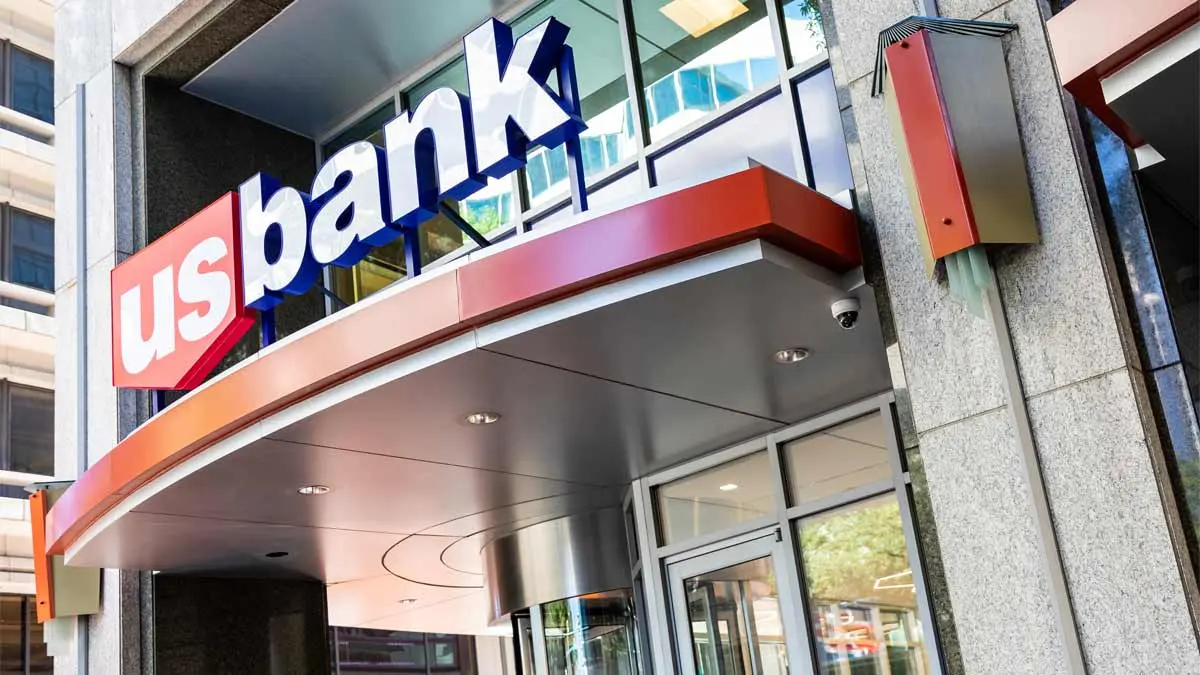
U.S. Bank: Resumed institutional bitcoin custody in September 2025, now supporting bitcoin ETFs with NYDIG as sub-custodian. Recently appointed as custodian for reserves backing Anchorage Digital Bank’s payment stablecoins, underscoring its commitment to digital asset infrastructure.
-

BNY Mellon: As the first global systemically important bank to offer digital asset custody for both cryptocurrencies and traditional assets, BNY Mellon continues to expand its platform, serving institutional clients and integrating digital assets into mainstream finance.
-
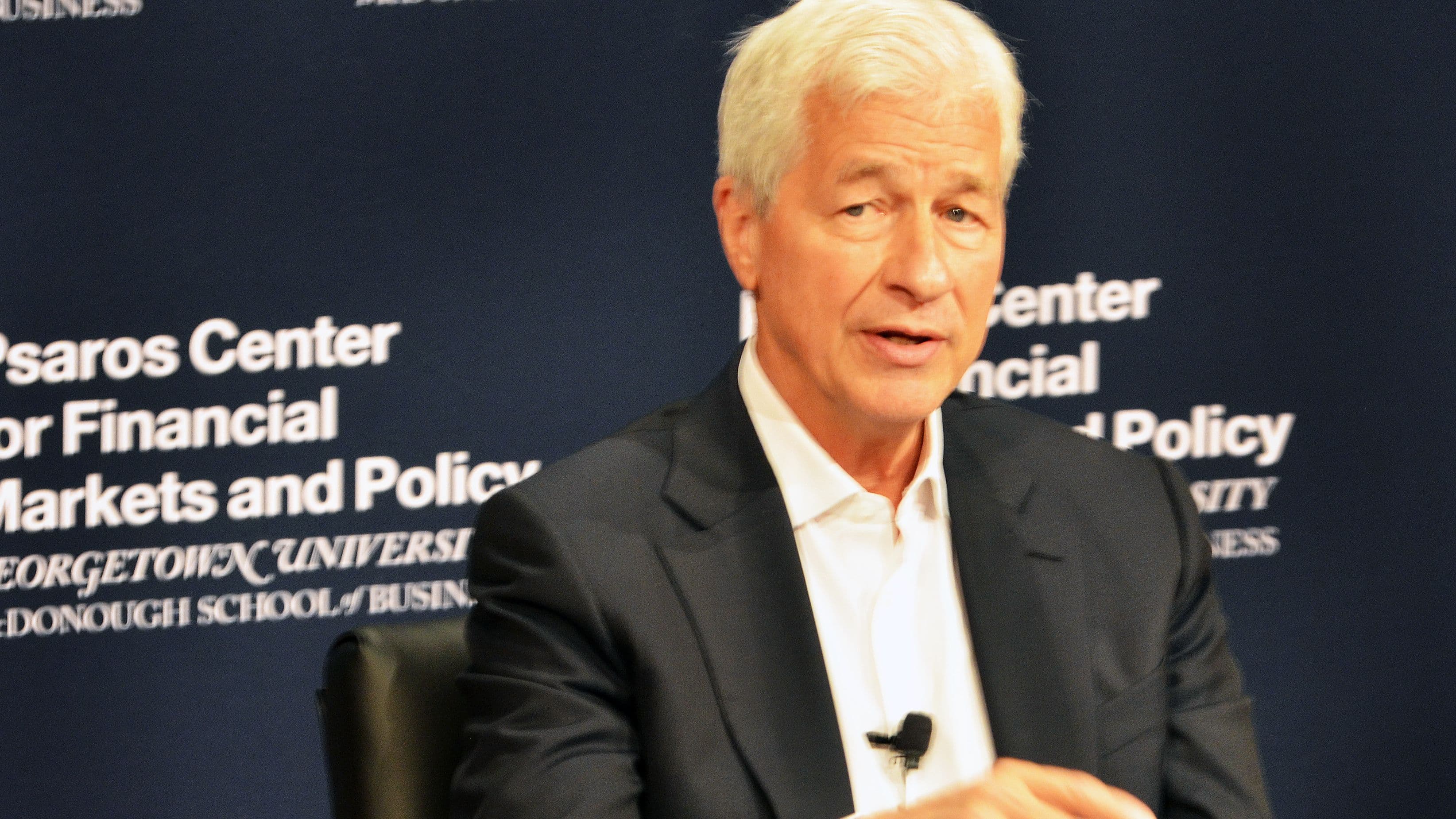
JPMorgan Chase: Through its Onyx Digital Assets platform, JPMorgan is pioneering blockchain-based settlement and tokenization, offering custody and payment solutions for institutional clients and supporting the broader adoption of digital assets.
-

State Street Bank: State Street Digital provides crypto custody and administration services, focusing on institutional-grade solutions and collaborating with technology partners to support tokenized assets and digital currencies.
-

Fidelity Digital Assets: As a subsidiary of Fidelity Investments, this platform delivers secure crypto custody and trade execution for institutional investors, with a robust track record and growing suite of digital asset services.
For those tracking this sector closely, vigilance on regulatory updates, and close attention to how these top five banks innovate, will be key to understanding who leads as crypto becomes fully embedded within mainstream finance. For a deeper dive on which U. S. banks are offering these services today, see our breakdown at which US banks offer crypto custody and Bitcoin services in 2024.






